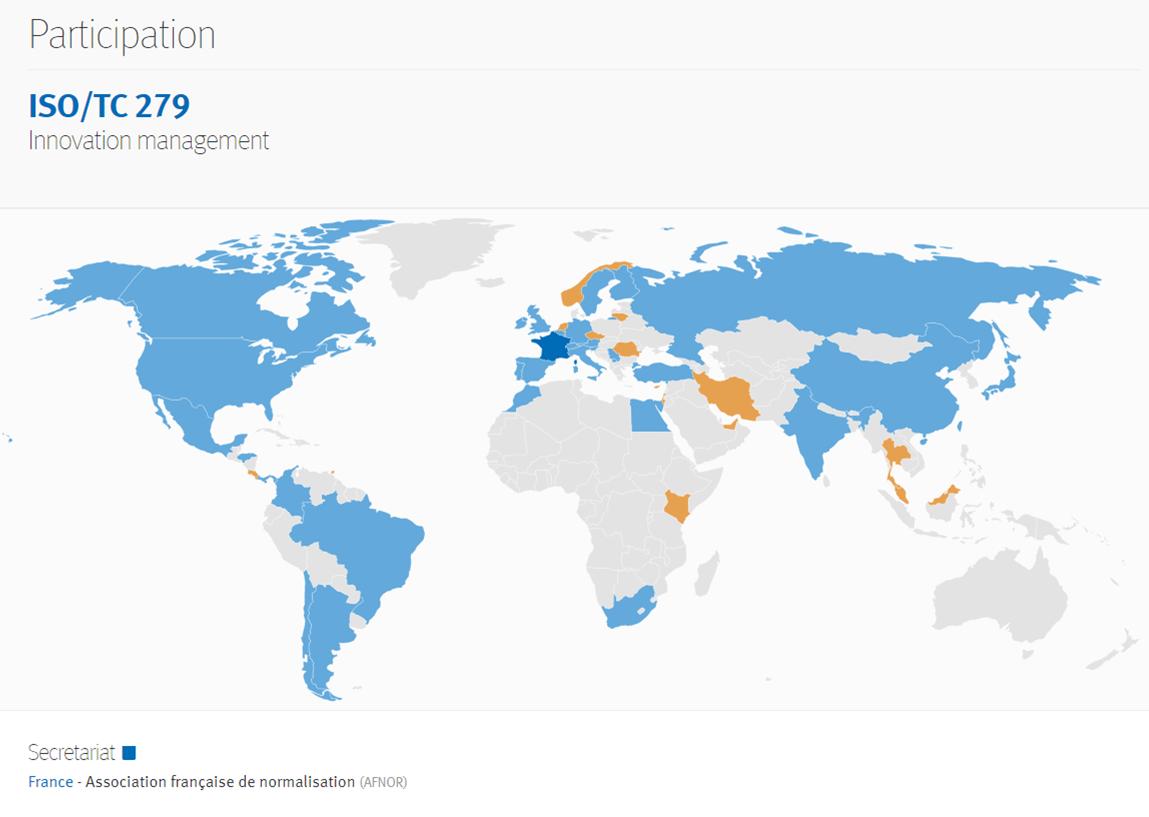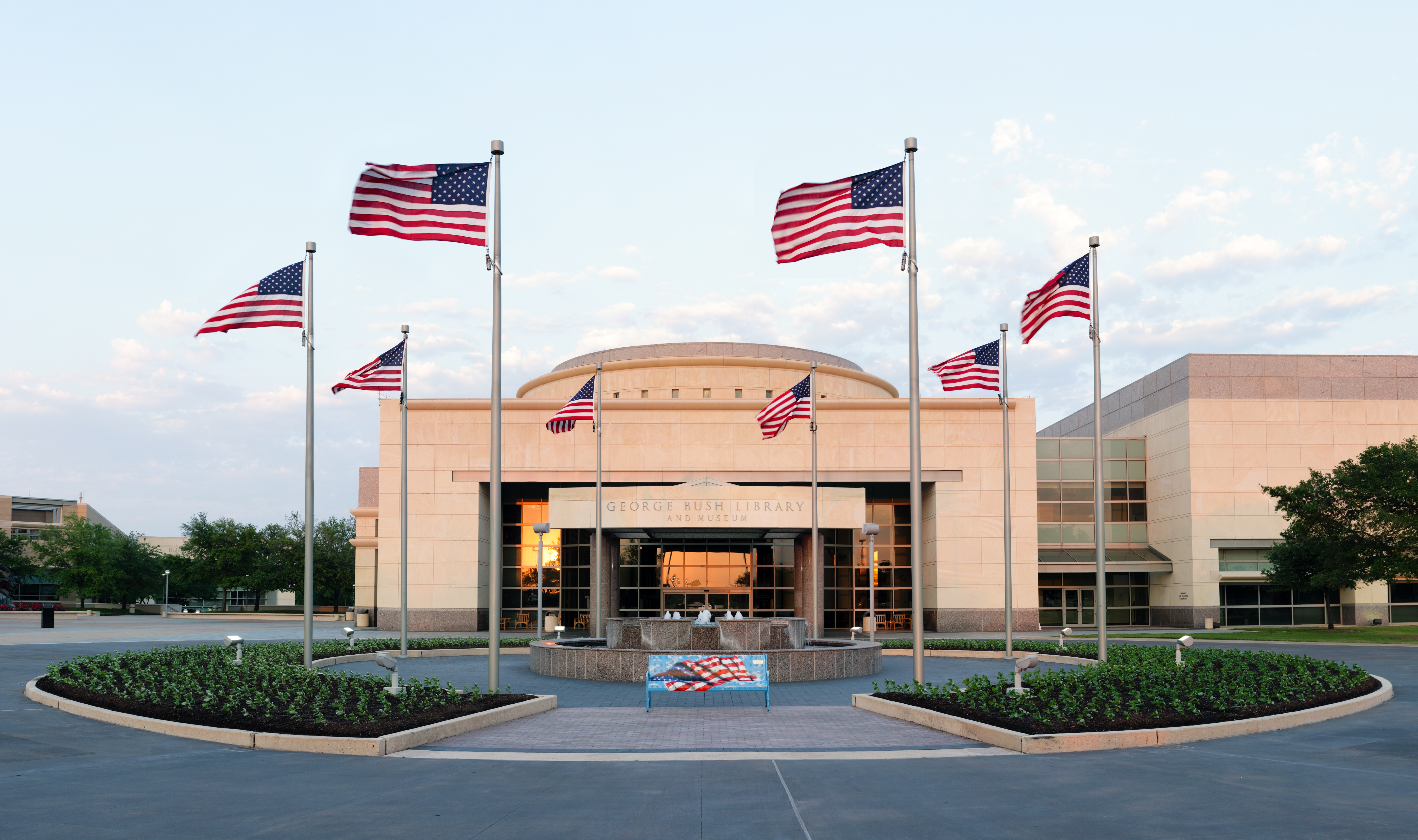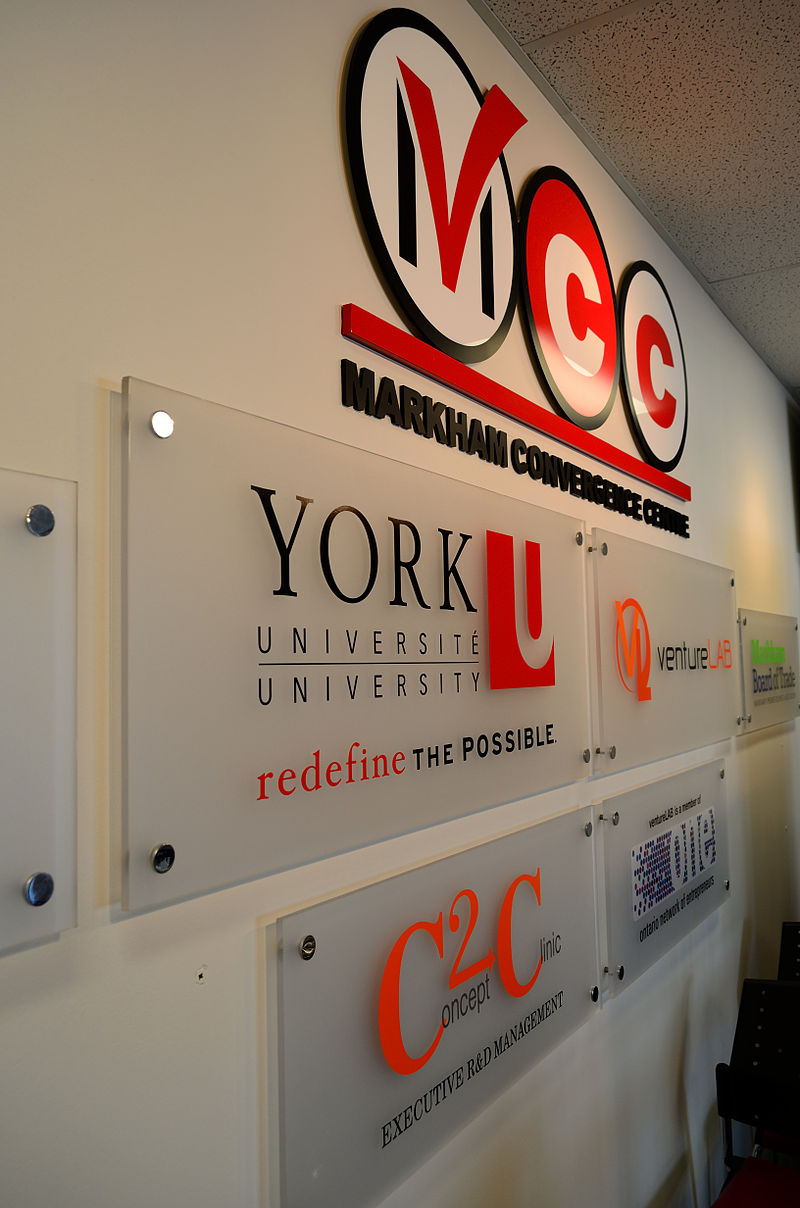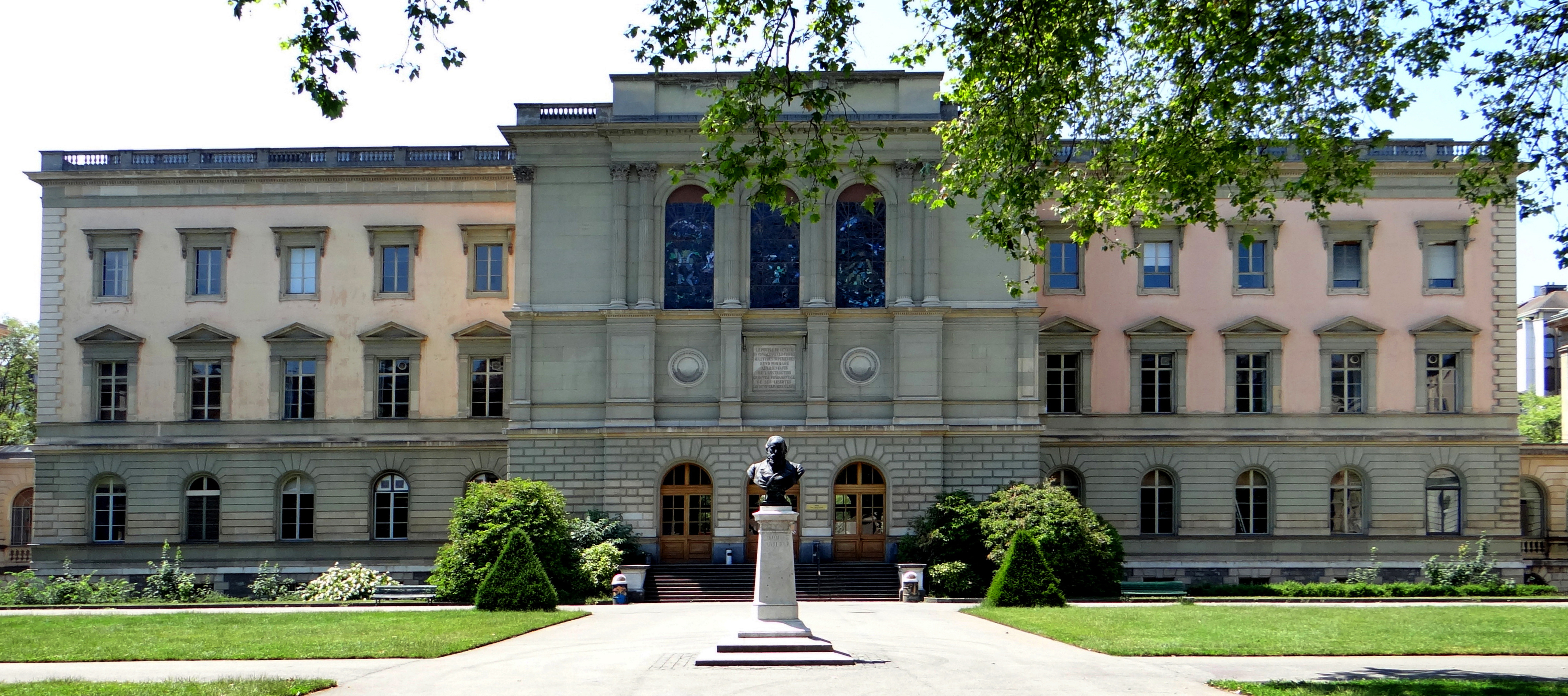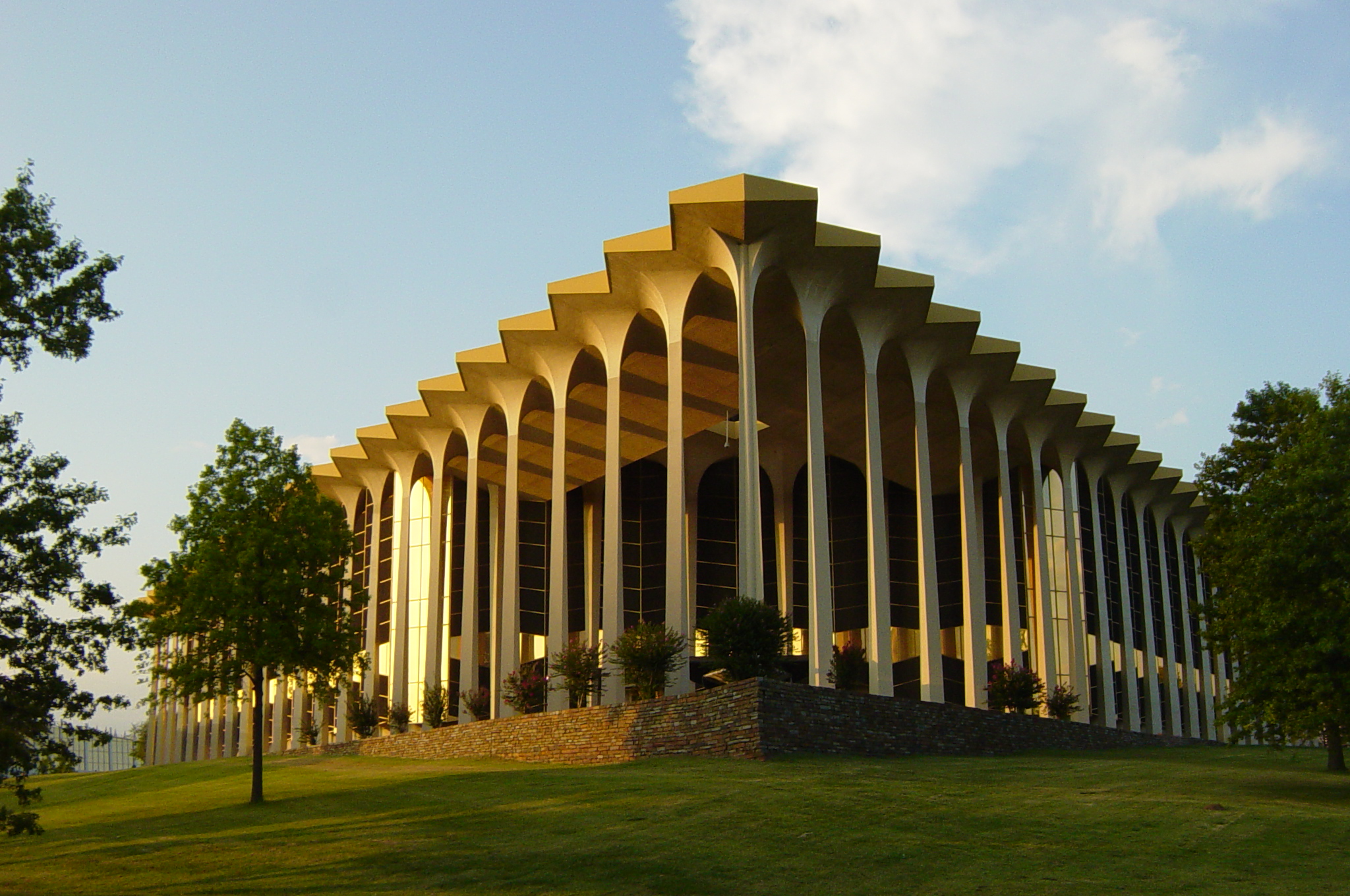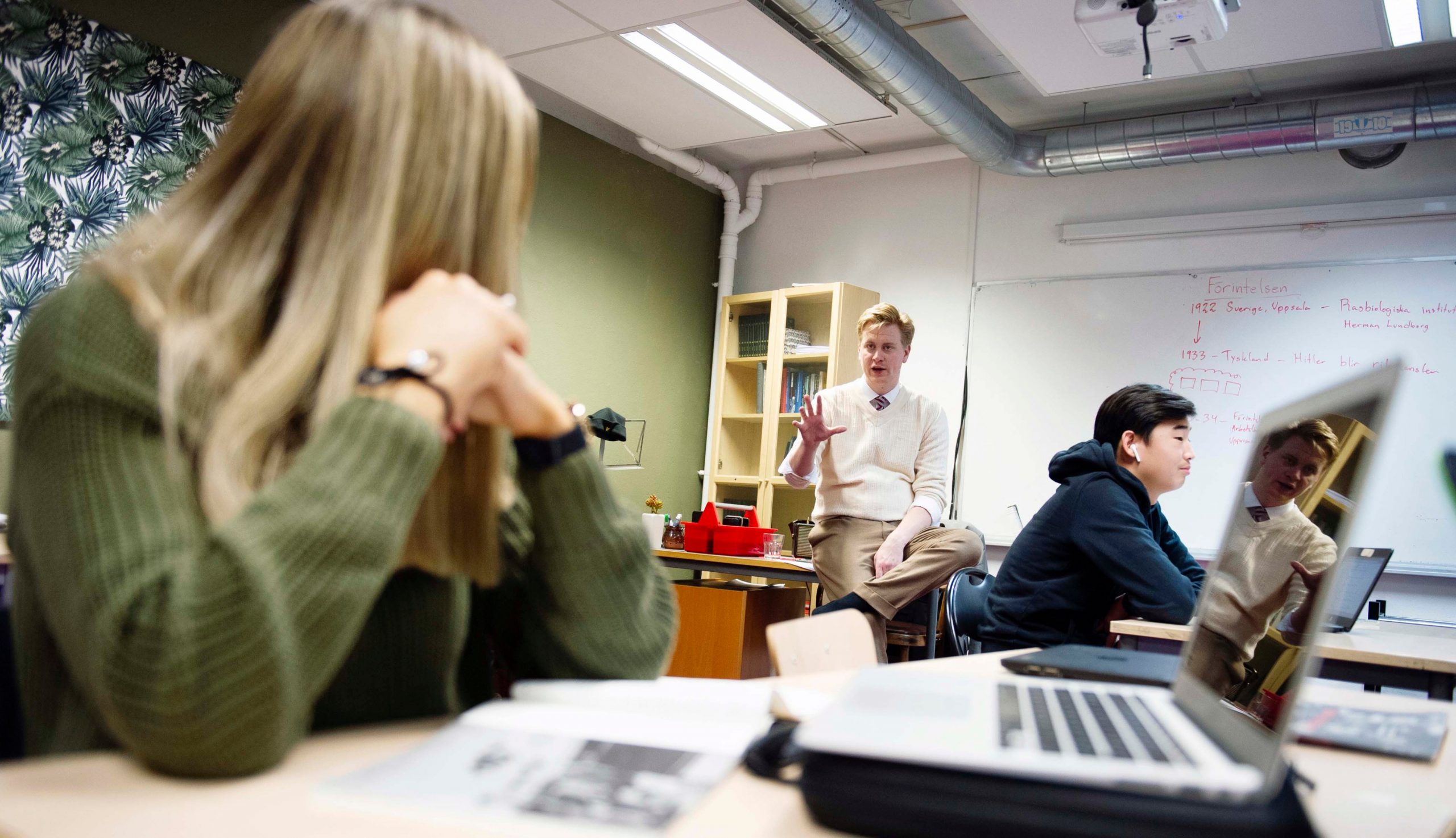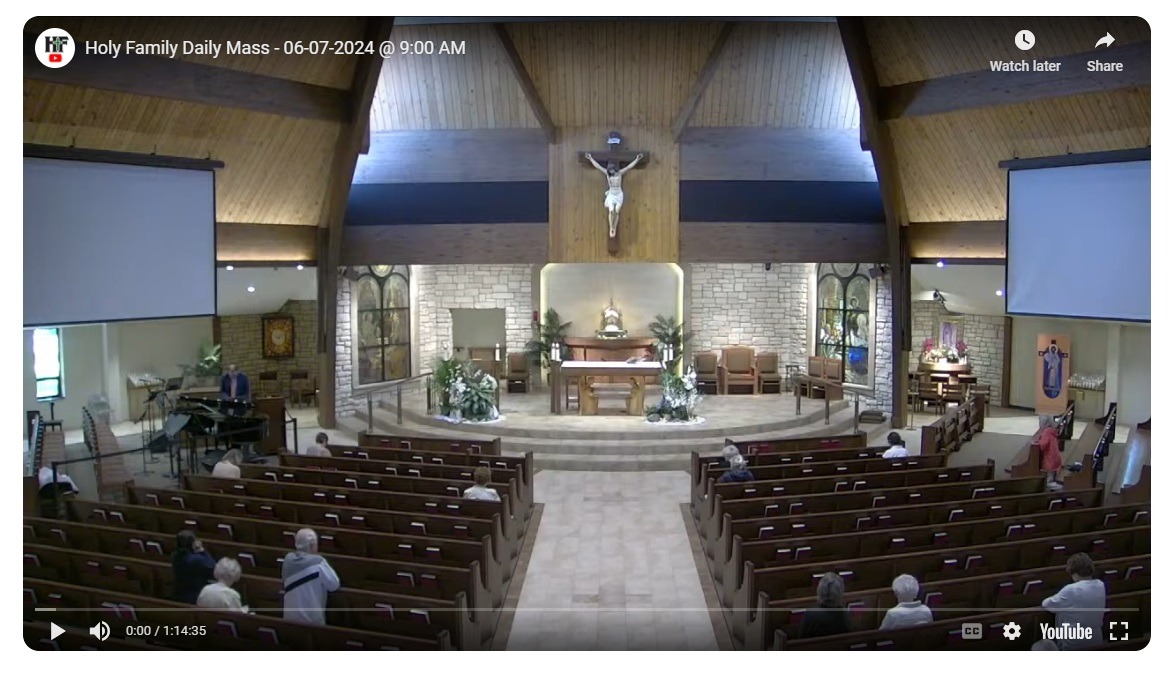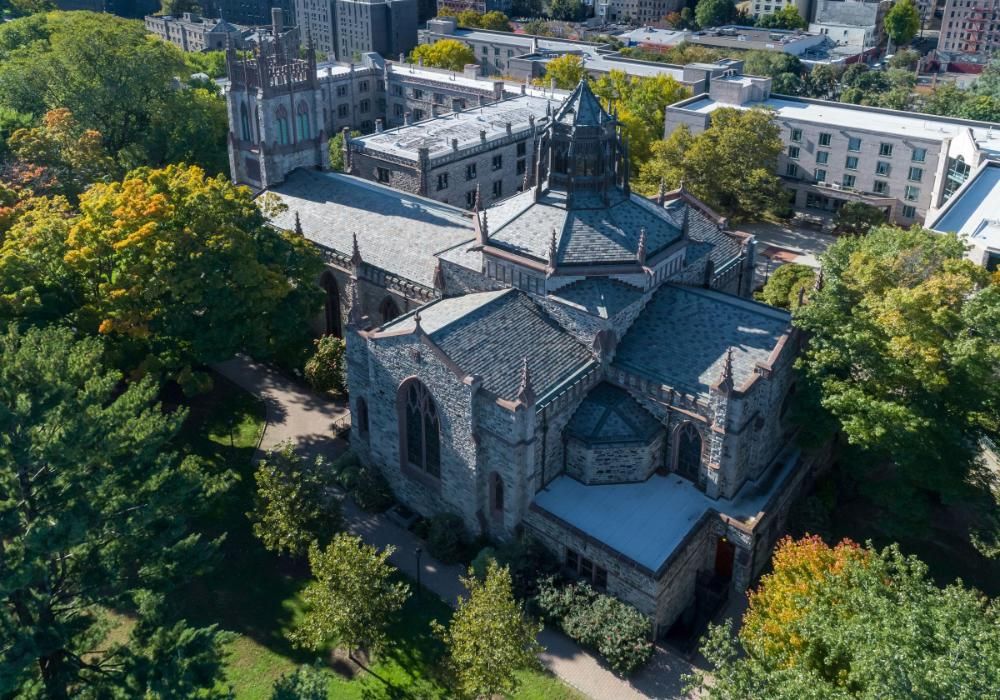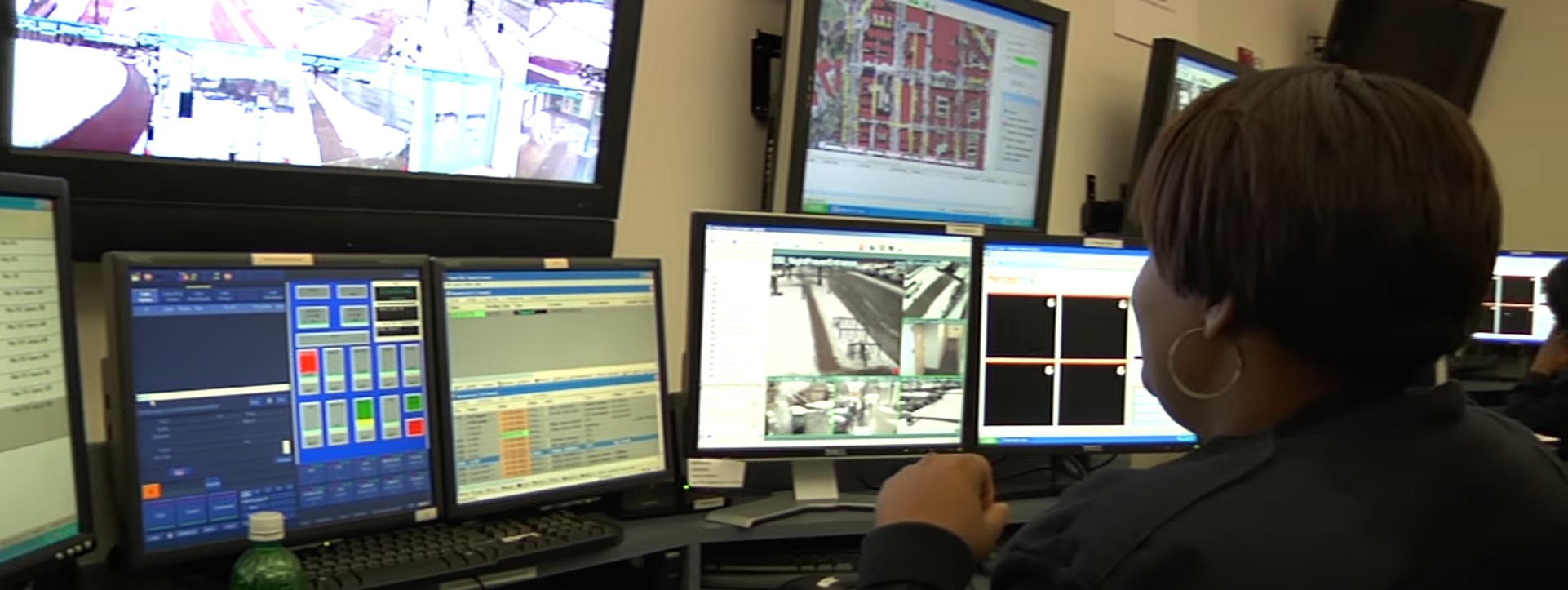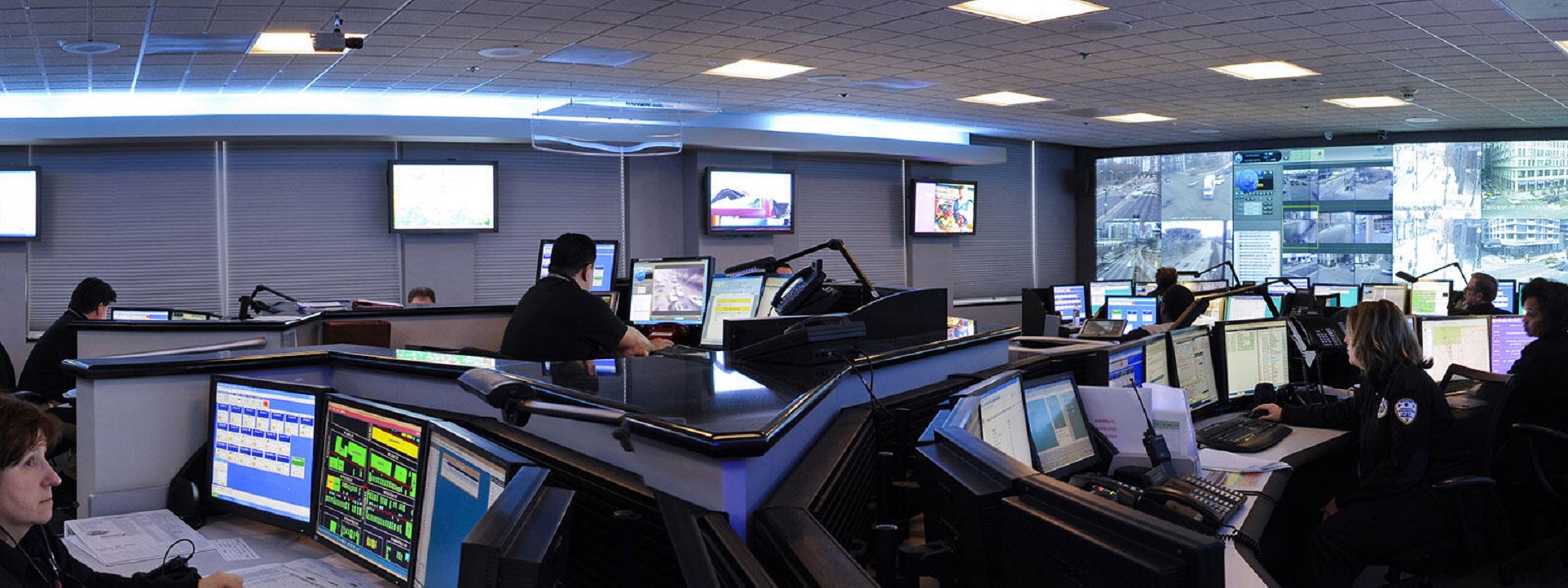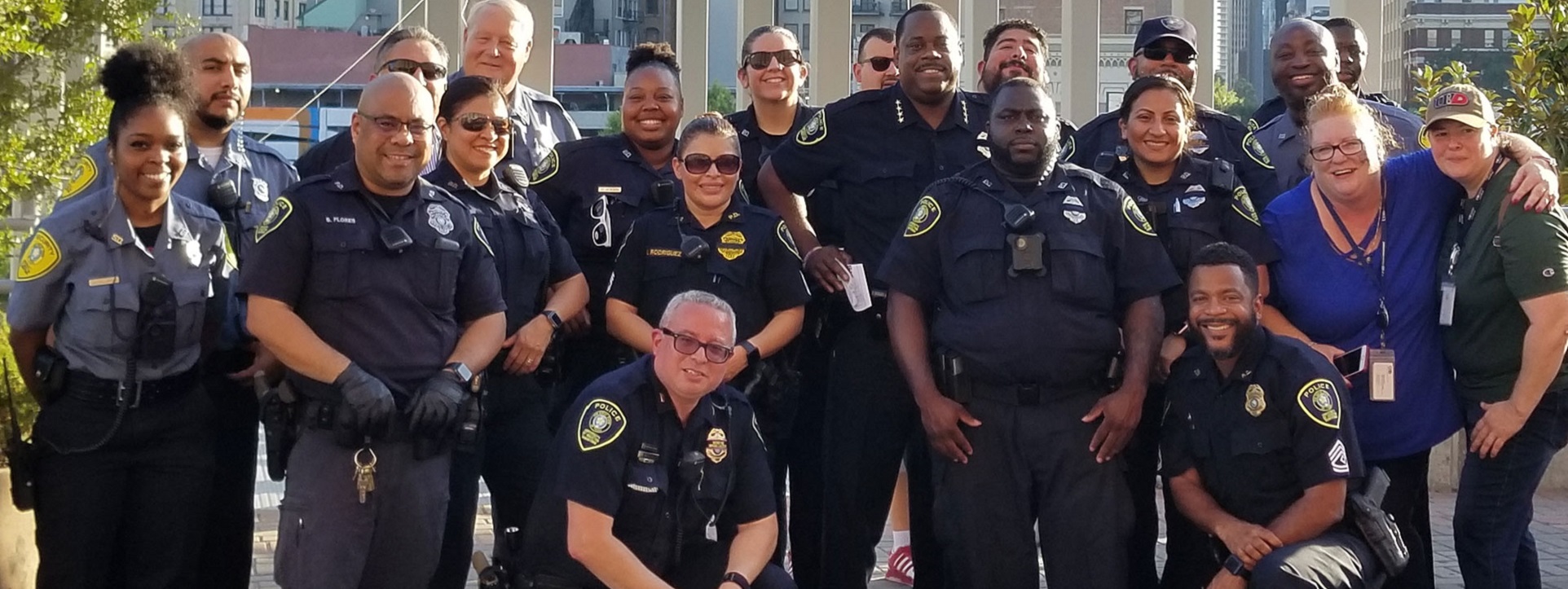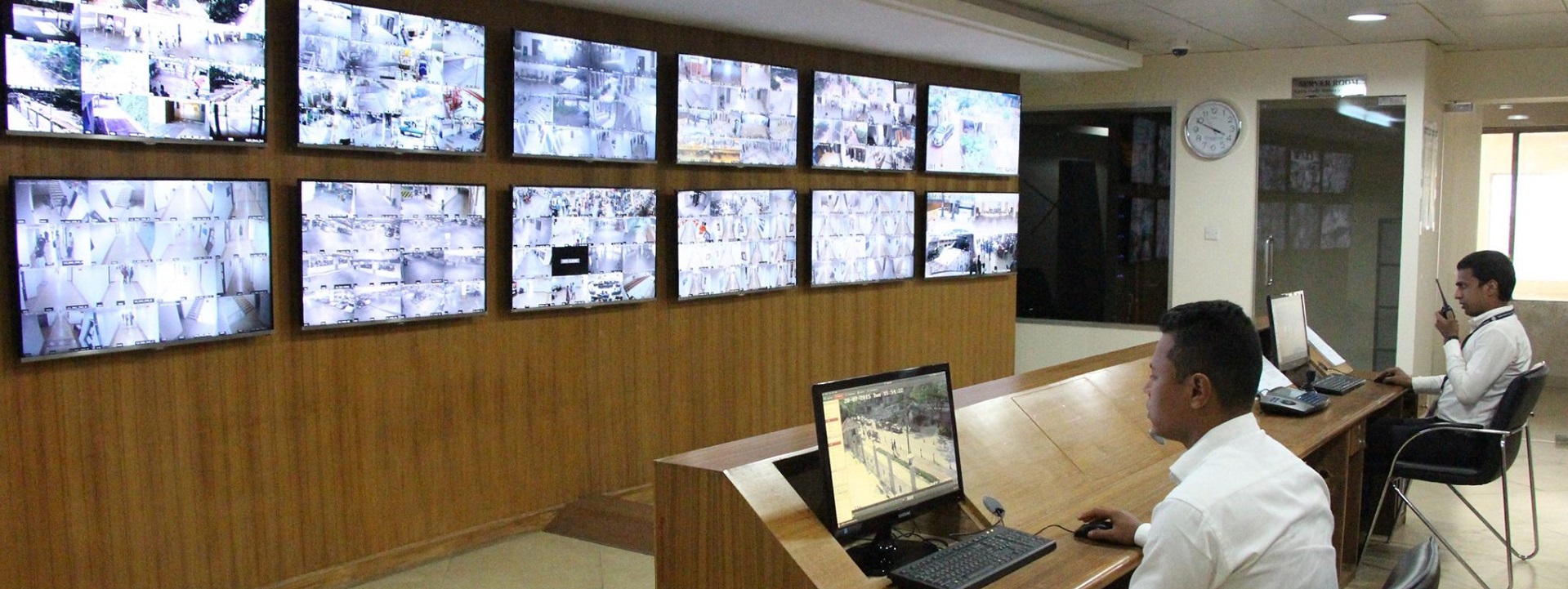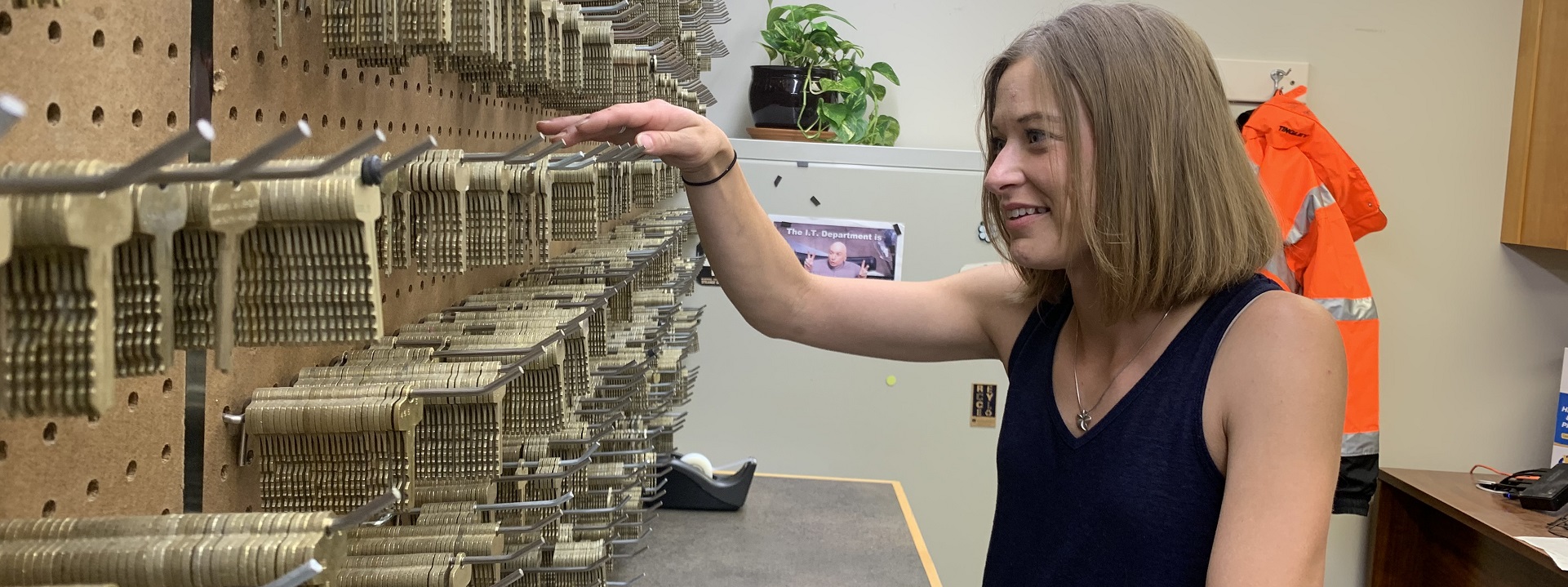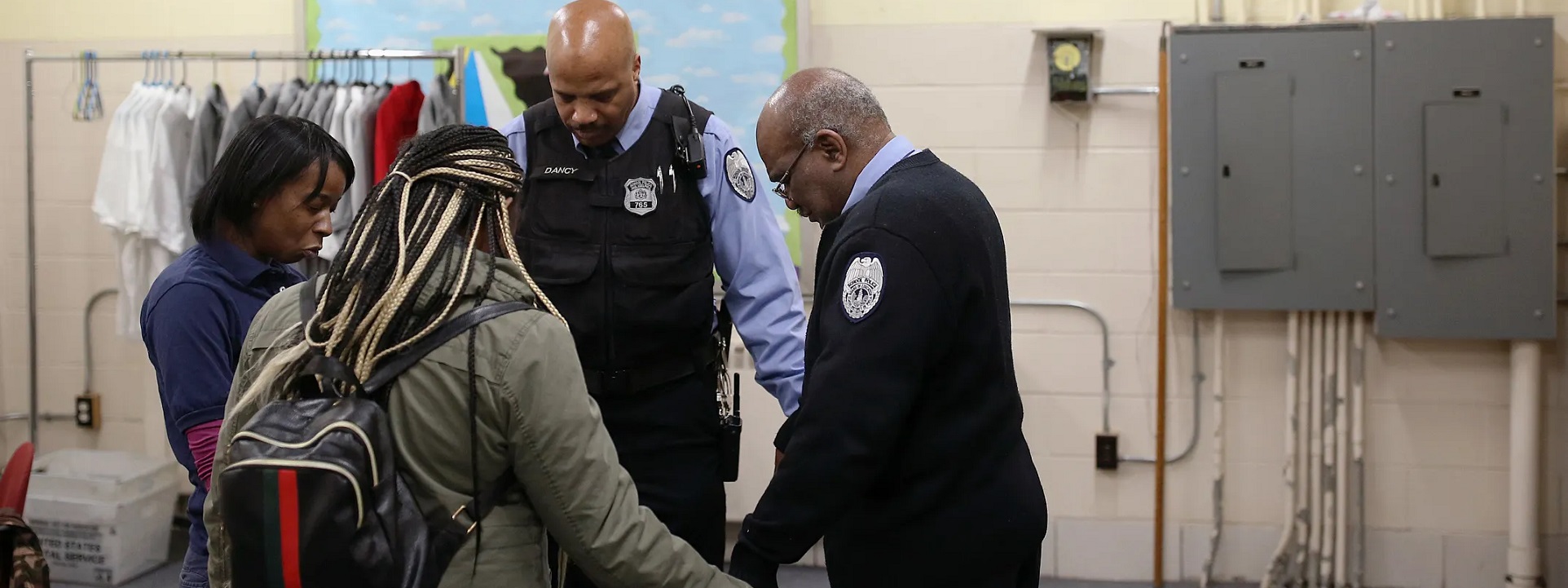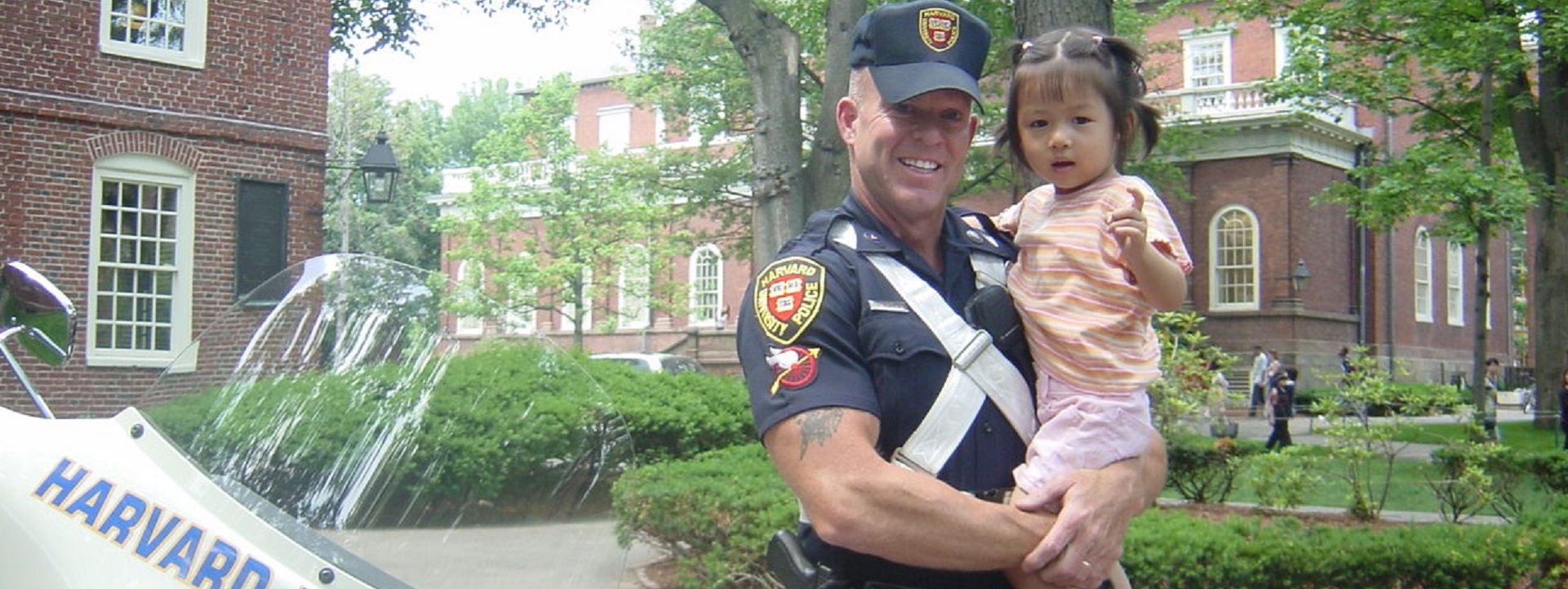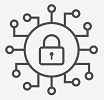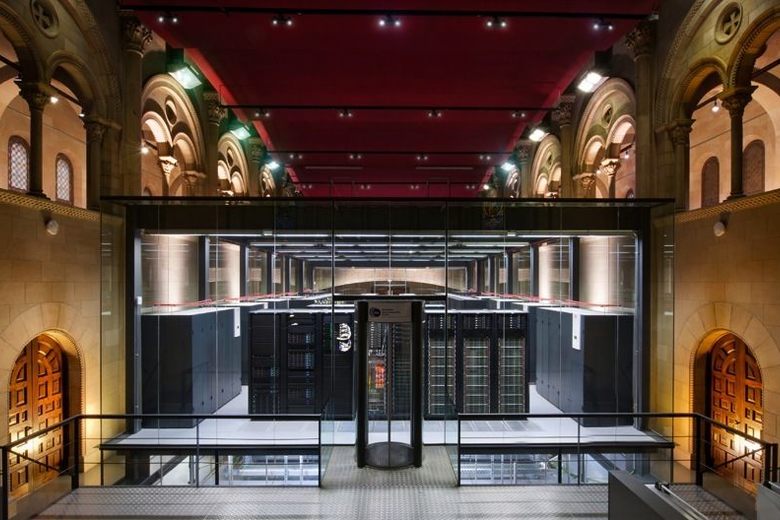Author Archives: mike@standardsmichigan.com
- Home
- Articles posted by mike@standardsmichigan.com (Page 137)

IEEE 3001.9 | Campus Outdoor Lighting Standard
This content is accessible to paid subscribers. To view it please enter your password below or send mike@standardsmichigan.com a request for subscription details.
Permitting
This content is accessible to paid subscribers. To view it please enter your password below or send mike@standardsmichigan.com a request for subscription details.
Innovation management
We find the United States education industry strengthening its voice in the global standards system with leadership provided by the International Association of Innovation Professionals (IAOIP); the US Technical Advisory Group Administrator for the French-inspired ISO TC 279 Innovation management covered here in the posts below. Of the 5300 colleges and universities in the US the seven that are members of the TAG at the moment are:
University of Minnesota
Arizona State University
Lone Star College
Nova Southeastern
Oral Roberts University
Texas A&M University
Florida Institute of Technology
CLICK HERE for the complete list.
We do not advocate in this standard but we track it along with about 20 of the 21,000 ISO standards. We mention it now because in tracking live public consultation notices we see opportunities that may interest other parts of the education industry — notably academic units and business schools; as well as the many technology transfer units in many research universities charged with generating licensing revenue. The landing page for the US TAG is linked below:
IAOIP and ISO TC279 – Innovation Management Technical Advisory Group
You are encouraged to communicate directly with Dr. Brett Trusko, President and CEO, International Association of Innovation Professionals, 4422 Castlewood Street, Suite 200, Sugar Land, TX 77479; phone: 925.858.0905; e-mail: brett@iaoip.org. We also refer this standard to the standing agenda of our Global and Human Resource teleconferences. See our CALENDAR for the next online meeting; open to everyone.
Issue: [17-303]
Category: Academics, International
Contact: Mike Anthony (mike@standardsmichigan.com), Christine Fischer (chrisfis@umich.edu)
*See “Education Enterprise” ISO Focus, January 2015, pp 33-37
LEARN MORE:
Breaking new ground with better innovation management https://t.co/wjjbJzx5dD
— Jose Alcorta (@AlcortaJose) February 22, 2019
Posted September 25, 2018
Recent communication from International Association of Innovation Professionals (IAOIP) indicates that it continues to welcome participation from the US education industry. There are many academic programs and faculty devoted to international studies and innovation that could offer students a front-row seat for the development of international technology policy.
We are happy to explain the opportunity to faculty and staff any day during our daily 11 AM online meetings. You may also communicate directly with Dr. Brett Trusko, President and CEO, International Association of Innovation Professionals, 4422 Castlewood Street, Suite 200, Sugar Land, TX 77479; phone: 925.858.0905; e-mail: brett@iaoip.org
![]()
Posted April 26, 2018
The International Association of Innovation Professionals (IAOIP) has submitted an Application for Accreditation for a new proposed U.S. Technical Advisory Group (TAG) to ISO TC 279 Innovation management and a request for approval as TAG Administrator. The proposed TAG intends to operate using the Model Operating Procedures for U.S. Technical Advisory Groups to ANSI for ISO Activities as contained in Annex A of the ANSI International Procedures.
Standards Michigan applauds any organization that assumes leadership in developing the US position on any international standard promulgated by Geneva Secretariats — the International Organization for Standardization, the International Telecommunications Union and the International Electrotechnical Commission. Few activities offer such an ideal front row seat at the world speeding toward us.
The education industry — notably the academic segment of the higher education industry — is notably absent in US leadership positions in international standards. We have been in this space as a user interest for a long time (See ABOUT) and the shortage of education industry engagement (especially the user-interest) has not gone is unnoticed or written about.* While the majority of the 1800-odd colleges and universities have academic programs that claim leadership in international and/or innovation studies, only Georgia Tech and the University of Texas Medical Branch are US TAG administrators for the American National Standards Institute; the US member body to the Geneva Secretariats.
Comments are due May 14th. To obtain a copy of the TAG application or to offer comments, please contact: Dr. Brett Trusko, President and CEO, International Association of Innovation Professionals, 4422 Castlewood Street, Suite 200, Sugar Land, TX 77479; phone: 925.858.0905; e-mail: brett@iaoip.org by May 14, 2018 (please copy jthompso@ansi.org).
Issue: [17-303]
Category: Academics, International
Contact: Mike Anthony (mike@standardsmichigan.com), Christine Fischer (chrisfis@umich.edu)
*See “Education Enterprise” ISO Focus, January 2015, pp 33-37
December 17, 2017
The American National Standards Institute (ANSI) has been informed that the American Society for Quality (ASQ), the current ANSI-accredited U.S. Technical Advisory Group Administrator (U.S. TAG) for the work of Technical Committee 279 of the International Organization for Standardization wishes to relinquish their role as U.S. TAG Administrator. The global Secretariat for TC 279 is the AFNOR Group — the national standardization body for France. The participating nations are shown in the map below:
ISO/TC 279 operates under the following scope: Standardization of terminology tools and methods and interactions between relevant parties to enable innovation. From its Executive Summary:
“Yes we can innovate through standardisation. Standardization does not mean cloning. Standards on innovation management will allow organisations to share their best practices in innovation management. This will facilitate collaboration and also develop the capability to innovate and to bring innovations successfully to market. Today we face new challenges never met before by mankind: guaranteeing the sustainability of our activities in keeping our Earth habitable. Sustainable development (economic, ecologic, social sustainability) cannot be considered as ‘nice to have’, it is essential. It has to be viewed as a source of innovations, economic development and competiveness. It impacts innovation management and has to be taken into account at an early stage. Innovation is a key to global competitiveness and human or technological progress over the coming decades. Management Standards on innovation will break down the existing cultural, structural or organisational obstacles among/between organisations. These standards will provide best practices to support implementation of innovation policies as well in Small to Medium Enterprises (SMEs) as in worldwide groups including public institutions, universities, research centres or non-profit organisations. (Note in ISO, SME can mean Subject Matter Expert)
To achieve this goal the work will focus on a management system for innovation. To define this management system, experts will address: terminology, tools and methods such as but not limited to open innovation, design innovation, strategic intelligence, creativity management and also self-assessment of innovation management. Expectations for these standards are so high that there is no time to reinvent the wheel. TC 279 has to benefit from the previous work, including existing innovation literature, existing innovation standards, case studies, academic works, reports…) Summoning up the innovation community is a key factor. To make more and more stakeholders aware of this initiative communications action (communication kits, presence on social networks, press releases, events…) needs a special care.”
Organizations interested in serving as the U.S. TAG Administrator or participating on a U.S. TAG should contact ANSI’s ISO Team (isot@ansi.org)
Issue: [17-303]
Category: Academics, International
Contact: Mike Anthony (mike@standardsmichigan.com), Christine Fischer (chrisfis@umich.edu)
Summer Week 25 | June 16 – June 22
Monday | 16 June | Colloquium 15:00 UTC
Tuesday | 17 June | Colloquium 15:00 UTC
Wednesday | 19 June | Colloquium 15:00 UTC
Thursday | 20 June | Colloquium 15:00 UTC
Friday | 21 June | Colloquium 15:00 UTC
Saturday | 22 June
Sunday | 23 June
University Church Live Stream
Celebrate the Feast of St. Anthony with the Bronx! Join Our Lady of Mt. Carmel Church in their festivities going on now through the 9th, at 187th St & Arthur Avenue.
It’s open to the public from 12 p.m. to 7 p.m., Saturday and Sunday. pic.twitter.com/hUY3L9DYnL
— Fordham CM (@FordhamCM) June 8, 2024
Security 400
“We worry about what a child will become tomorrow,
yet we forget that he is someone today.”
– Stacia Tauscher
Today we run a status check on the stream of technical and management standards evolving to assure the highest possible level of security in education communities. The literature expands significantly from an assortment of national standards-setting bodies, trade associations, ad hoc consortia and open source standards developers. CLICK HERE for a sample of our work in this domain.
School security is big business in the United States. According to a report by Markets and Markets, the global school and campus security market size was valued at USD 14.0 billion in 2019 and is projected to reach USD 21.7 billion by 2025, at a combined annual growth rate of 7.2% during the forecast period. Another report by Research And Markets estimates that the US school security market will grow at a compound annual growth rate of around 8% between 2020 and 2025, driven by factors such as increasing incidents of school violence, rising demand for access control and surveillance systems, and increasing government funding for school safety initiatives.
Because the pace of the combined annual growth rate of the school and campus security market is greater than the growth rate of the education “industry” itself, we’ve necessarily had to break down our approach to this topic into modules:
Security 100. A survey of all the technical and management codes and standards for all educational settings — day care, K-12, higher education and university affiliated healthcare occupancies.
Security 200. Queries into the most recent public consultations on the components and interoperability* of supporting technologies
Video surveillance: indoor and outdoor cameras, cameras with night vision and motion detection capabilities and cameras that can be integrated with other security systems for enhanced monitoring and control.
Access control: doors, remote locking, privacy and considerations for persons with disabilities.
Panic alarms: These devices allow staff and students to quickly and discreetly alert authorities in case of an emergency.
Metal detectors: These devices scan for weapons and other prohibited items as people enter the school.
Mass notification systems: These systems allow school administrators to quickly send emergency alerts and notifications to students, staff, and parents.
Intrusion detection systems: These systems use sensors to detect unauthorized entry and trigger an alarm.
GPS tracking systems: These systems allow school officials to monitor the location of school buses and track the movements of students during field trips and other off-campus activities.
Security 300. Regulatory and management codes and standards; a great deal of which are self-referencing.
Security 400. Advanced Topics. NFPA 731 Standard for the Installation of Premises Security Systems
As always, we reckon first cost and long-term maintenance cost, including software maintenance for the information and communication technologies (i.e. anything with wires) installed in the United States. Cybersecurity is outside our wheelhouse and beyond our expertise. In order to do any of the foregoing reasonably well, we have to leave cybersecurity standards to others.
When your students love the school security guard- he gets flowers! Thanks, Steve! You are the BEST and we appreciate your hard work keeping us safe and building relationships! pic.twitter.com/VCJQ6y9S44
— Casey Otten (@casey_otten) May 26, 2023
Education Community Safety catalog is one of the fast-growing catalogs of best practice literature. In developing district security plans, K-12 school leaders stress that school safety is a cross-functional responsibility and every individual’s participation drives the success of overall safety protocols. We link a small sample below and update ahead of every Security colloquium.
Artificial Intelligence Tries (and Fails) to Detect Weapons in School
Could AI be the future of preventing school shootings?
Executive Order 13929 of June 16, 2020 Safe Policing for Safe Communities
National Center for Education Statistics: School Safety and Security Measures
International Code Council
2021 International Building Code
Section 1010.1.9.4 Locks and latches
Section 1010.2.13 Delayed egress.
Section 1010.2.14 Controlled egress doors in Groups I-1 and I-2.
Free Access: NFPA 72 National Fire Alarm and Signaling Code
Free Access: NFPA 731 Standard for the Installation of Premises Security Systems
IEEE: Design and Implementation of Campus Security System Based on Internet of Things
APCO/NENA 2.105 Emergency Incident Data Document
C-TECC Tactical Emergency Casualty Care Guidelines
Department of Transportation Emergency Response Guidebook 2016
NENA-STA-004.1-2014 Next Generation United States Civic Location Data Exchange Format
Example Emergency Management and Disaster Preparedness Plan (Tougaloo College, Jackson, Mississippi)
Partner Alliance for Safer Schools
Federal Bureau of Investigation Academia Program
Most Dangerous Universities in America
Federal Bureau of Investigation: Uniform Crime Reporting Program
* Interoperability refers to the ability of different technologies or systems to communicate and work together seamlessly. In the context of school security technologies, interoperability can help improve the effectiveness of security systems and make it easier for school personnel to manage and respond to potential security threats. Here’s what we look for:
- Standardization: By standardizing communication protocols and data formats, school security technologies can be made more compatible with each other, making it easier for different systems to communicate and share information.
- Integration: School security technologies can be integrated with each other to provide a more comprehensive security solution. For example, access control systems can be integrated with video surveillance systems to automatically trigger alerts when an unauthorized person enters a restricted area.
- Open Architecture: Open architecture solutions enable different security systems to be connected and communicate with each other regardless of their manufacturer or supplier. This approach makes it easier to integrate different technologies and avoid vendor lock-in.
- Cloud-based Solutions: Cloud-based security solutions can enable interoperability by providing a centralized platform for managing and monitoring different security systems. This approach can also simplify the deployment of security technologies across multiple locations.
- Collaboration: School security technology providers can work together to develop interoperability standards and best practices that can be adopted across the industry. Collaboration can help drive innovation and improve the effectiveness of security systems.
Certified Broadcast Meteorologist
This content is accessible to paid subscribers. To view it please enter your password below or send mike@standardsmichigan.com a request for subscription details.
Quantum Computing
Is it a fact—or have I dreamed it—that, by means of electricity,
the world of matter has become a great nerve,
vibrating thousands of miles in a breathless point of time?
—Nathaniel Hawthorne, 1851 | The House of Seven Gables
Today we break form from our normal custom of assessing conceptual movement in stabilized safety and sustainability standards for education settlements and, instead, venture into a domain that will inform nearly everything we do; and with gathering pace.
We begin with the action among the experts in the organizations listed below:
- National Institute of Standards and Technology (NIST):
- NIST’s Post-Quantum Cryptography Standardization: NIST is working on standardizing cryptographic algorithms that are secure against quantum attacks. The goal is to ensure that data remains secure even with the advent of quantum computers. This involves selecting algorithms through an open competition, which began in 2016, and is still ongoing.
- Quantum Information Program: NIST conducts research and develops standards related to quantum information science, including quantum computing, quantum communication, and quantum metrology.
- Quantum Economic Development Consortium (QED-C):
- Formed as part of the National Quantum Initiative Act, QED-C aims to enable and grow the quantum industry in the U.S. It involves various stakeholders, including industry, academic institutions, and government agencies, working together to identify and address standards and other needs to foster a robust quantum ecosystem.
- National Quantum Initiative (NQI):
- Established by the National Quantum Initiative Act in 2018, NQI coordinates efforts across multiple agencies, including NIST, the Department of Energy (DOE), and the National Science Foundation (NSF), to advance quantum information science. This includes the development of standards, infrastructure, and research to support quantum technologies.
- International Standards:
- While primarily international, organizations like the International Telecommunication Union (ITU) and the International Organization for Standardization (ISO) have working groups focusing on quantum technologies. U.S. participation in these groups helps ensure that global standards align with U.S. interests and priorities.
- Federal Agencies and Research Programs:
- The DOE, NSF, and other federal agencies fund research and development in quantum computing, which often includes aspects related to standards and best practices. For example, the DOE’s Quantum Information Science (QIS) Research Centers and NSF’s Quantum Leap Challenge Institutes.
- Industry-Led Initiatives:
- Several industry consortia and companies are actively involved in developing quantum computing standards. Organizations like the IEEE have working groups focused on quantum computing and quantum communications standards.
Overall, the U.S. approach to quantum computing standards is multifaceted, involving federal agencies, industry consortia, academic research, and participation in international standard-setting bodies.
Evensong “Sonata for Arpeggione and Piano” (Franz Schubert)
Evensong is a traditional Anglican choral service that takes place in the late afternoon or early evening, typically around sunset. It is also known as Evening Prayer or Vespers.
The service consists of a series of prayers, psalms, canticles, and readings from the Bible, which are sung or chanted by a choir in four-part harmony. The choral music often features elaborate harmonies and complex counterpoint, and is usually accompanied by an organ or other instruments.
Evensong has been an important part of the British choral tradition for centuries, and is still performed in many Anglican churches throughout the UK and beyond. The tradition is particularly strong in Oxford and Cambridge, where the famous college choirs perform regular Evensong services that are open to the public.
The origins of Evensong can be traced back to the monastic offices of the Middle Ages, when monks would gather in the evening to sing the psalms and other prayers. Over time, these services evolved into more elaborate and musically sophisticated forms, which were eventually adopted by the Anglican Church and other Protestant denominations.
Today, Evensong is appreciated for its beauty and spiritual depth, as well as its contribution to the rich heritage of British choral music.
New update alert! The 2022 update to the Trademark Assignment Dataset is now available online. Find 1.29 million trademark assignments, involving 2.28 million unique trademark properties issued by the USPTO between March 1952 and January 2023: https://t.co/njrDAbSpwB pic.twitter.com/GkAXrHoQ9T
— USPTO (@uspto) July 13, 2023
Standards Michigan Group, LLC
2723 South State Street | Suite 150
Ann Arbor, MI 48104 USA
888-746-3670






